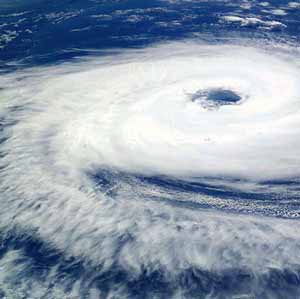|
|
|
|
| |
|
 The ESA ExoMars rover. MSSL is leading the Panoramic Camera (PanCam) team for this mission. (Image courtesy ESA) |
 The Beagle 2 Stereo Camera System. MSSL was responsible for the manufacture and integration of the filters and associated structure. |
 Working in one of MSSL's cleanrooms. |
 The proposed MoonLite mission carrying penetrators to the Moon. |
 Launch of the SWIFT gamma ray burst mission, carrying the MSSL-led UVOT instrument. (Image courtesy NASA) |
 The Herschel infrared space observatory being prepared for launch. MSSL contributes to the spacecraft's SPIRE instrument. (Image courtesy ESA) |
 Two of the Cluster II spacecraft ascending to orbit on a Soyuz-Fregat upper stage, carrying the MSSL-led PEACE instruments. (Image courtesy ESA) |
 The Mars Express spacecraft in orbit around the planet Mars. MSSL contributed to the success of the ASPERA-3 instrument. (Image courtesy ESA) |
 Saturn's moon Dione as viewed by the Cassini-Huygens spacecraft. The Electron Spectrometer of the Cassini CAPS instrument was designed and built at MSSL. (Image courtesy NASA/JPL/Space Science Institute) |
 Launch of the Solar-B/Hinode spacecraft on 22 September 2006, carrying the MSSL-led EIS instrument. (Image courtesy JAXA) |
 X-ray sources in the galaxy M83, obtained with the Chandra X-ray telescope (Soria & Wu 2003). |
 The Hinode spacecraft prepared for launch, carrying the MSSL-led EIS instrument. (Image courtesy JAXA) |
 Cyclone Catrina from the International Space Station, on March 26, 2004. MSSL's Climate Extremes group monitors, models, and makes predictions regarding tropical storms such as this. (Image courtesy NASA) |
 Launch of the ESA Integral mission on 17 October 2002. (Image courtesy ESA) |
 Saturn's moon Titan as viewed by the Cassini-Huygens spacecraft. The Electron Spectrometer of the Cassini CAPS instrument has detected heavy negative ions in the upper atmosphere of this giant moon. (Image courtesy NASA/JPL/Space Science Institute) |
 The Gaia spacecraft. (Image courtesy ESA) |
This page last modified 5 August, 2008 by www@mssl.ucl.ac.uk
